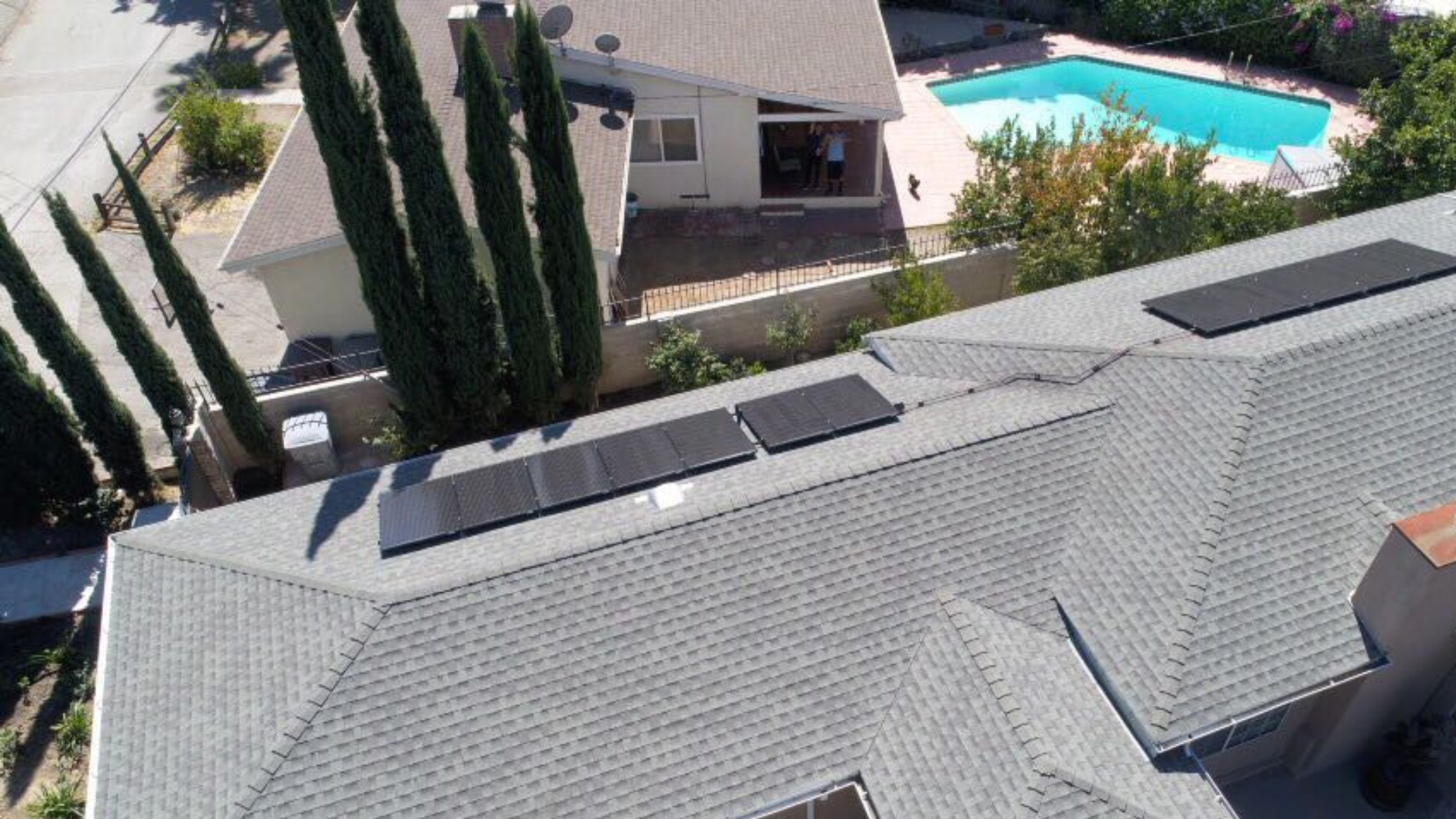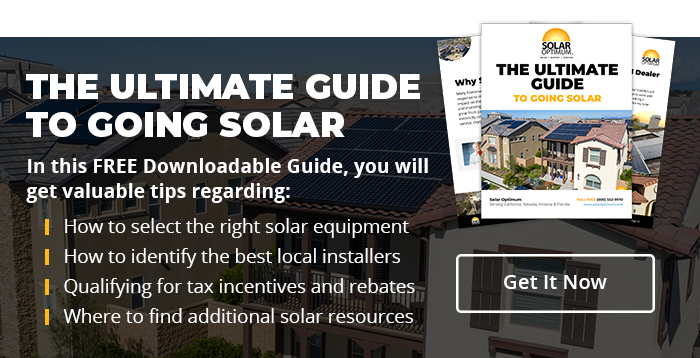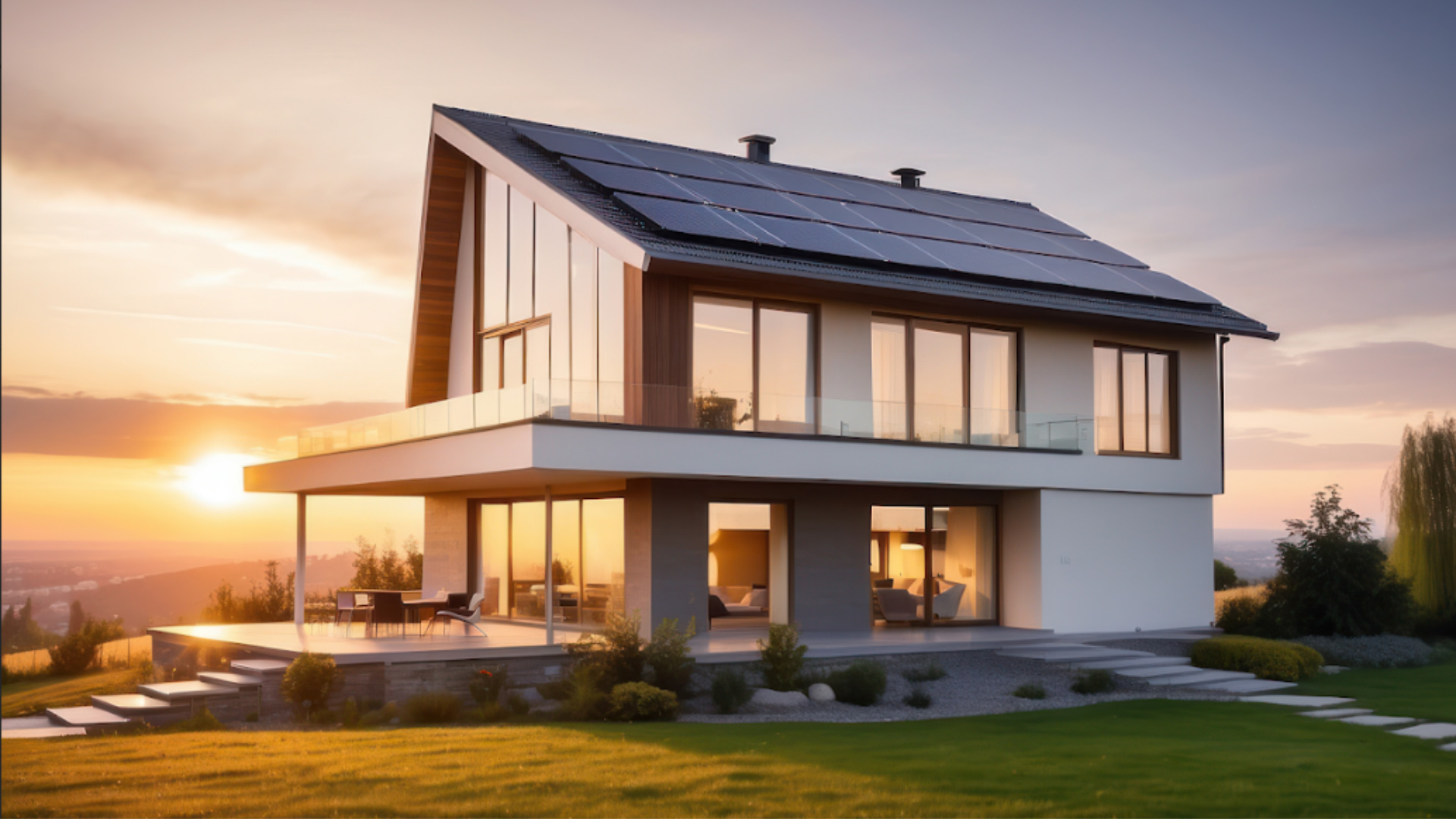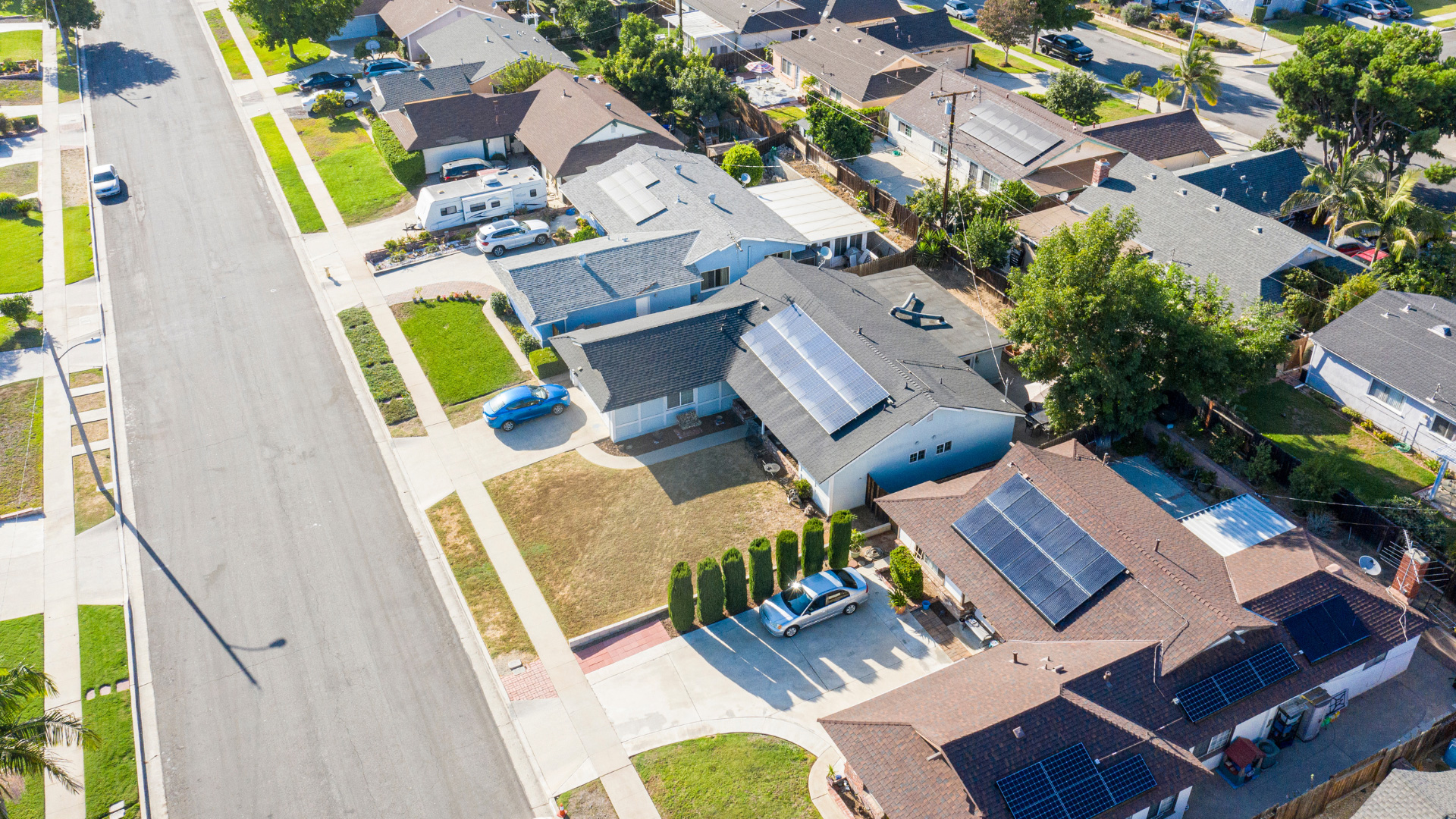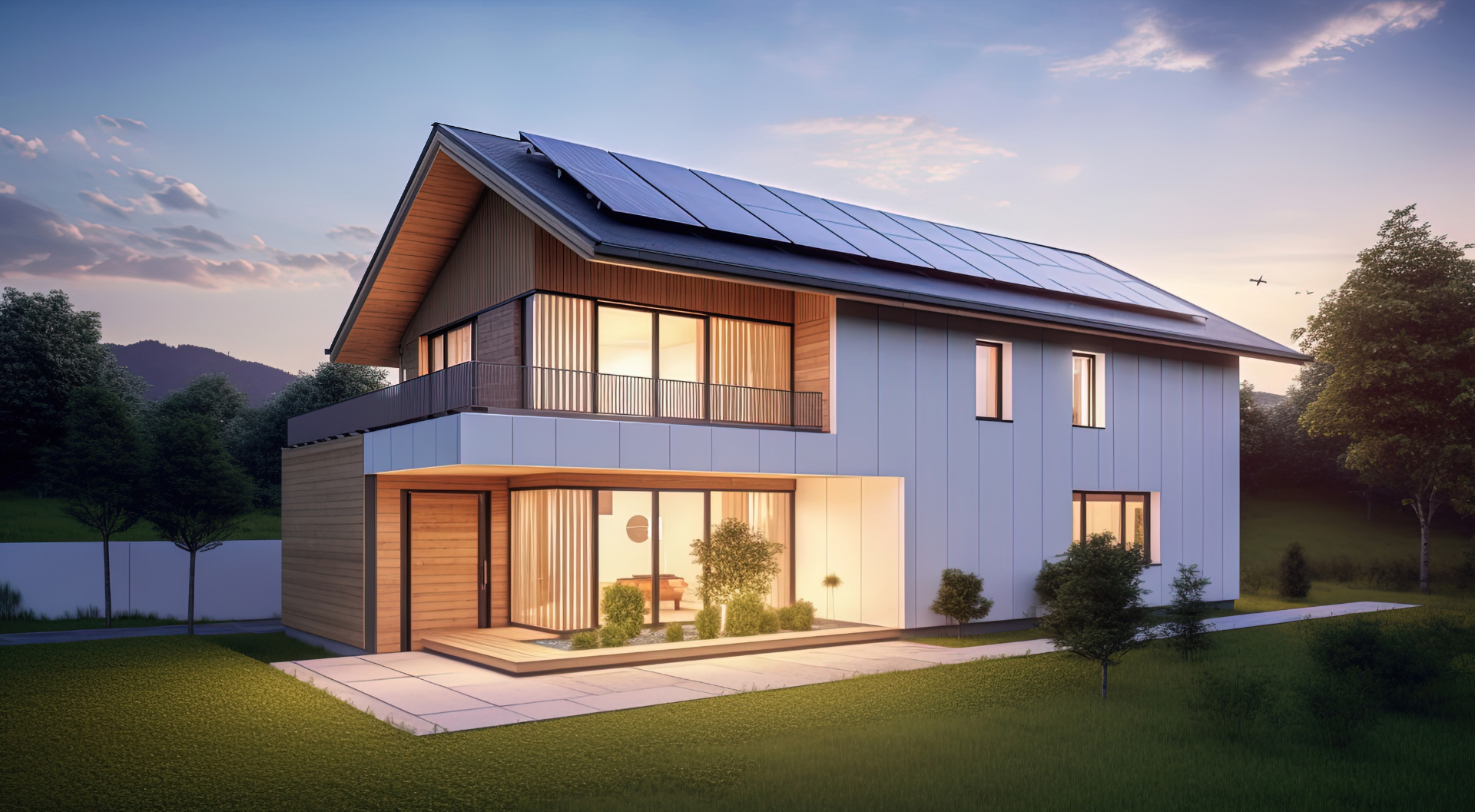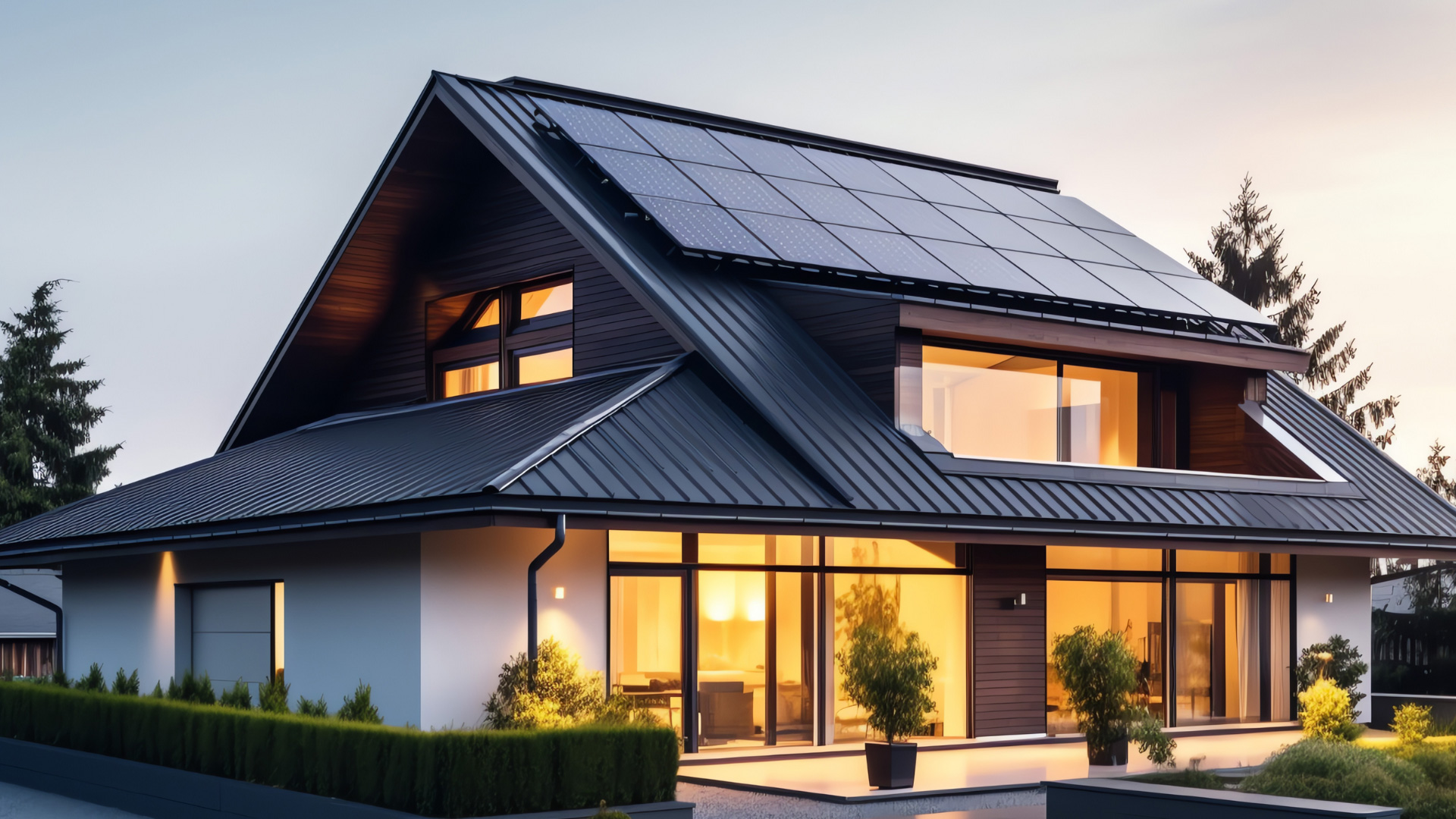Solar energy has experienced a remarkable transformation. Once a luxury item, solar panels are becoming a common sight on rooftops as homeowners embrace the benefits of harnessing the sun’s energy. Driven by a combination of environmental concerns, economic incentives, and technological advancements, many are looking to solar power as a sustainable and cost-effective solution.
Still, some homeowners hesitate to make the transition to solar power. For those who wait, significant financial drawbacks can occur.
Let’s look at seven reasons why delaying the installation of a solar energy system for your home can ultimately cost you money.
1. Rising Energy Costs
According to numbers reported by the U.S. Bureau of Labor and Statistics, the average daily electricity use by households throughout the nation is about 30% pricier than it was four years ago. This statistic is only expected to rise as traditional non-renewable energy sources such as oil and gas are depleted.
The use of solar power can lock in the cost of energy. Solar panels reduce reliance on the energy grid by converting sunlight into electricity. When you are producing some of your own energy, you are generally insulated from fluctuations in utility rates.
2. Missed Savings on Electricity Bills
The longer you wait to install a solar energy system, the more money you lose. Forbes magazine estimates savings of $1,600 per year with solar. Over the lifetime of a system, which is generally up to 30 years, that comes to roughly $48,000 in cost savings.
3. Declining Solar Incentives
The federal residential solar energy tax credit is currently set at 30% for installations between 2022 and 2032. That number will decrease to 26% for systems installed in 2033 and 22% for installations in 2034. Unless congress renews this tax credit, it will expire in 2035.
4. Increasing Installation Costs
The factors affecting the cost of solar energy system installation include size of the system, geographic location, labor costs, and incentives. As incentives are phased out and labor becomes more specialized, the cost of installation will rise. While they may offer better long-term savings, higher efficiency panels and larger, more technologically advanced systems will generally cost more upfront.
5. Changes in Net Metering
Net metering involves sending excess electricity generated by a home solar energy system back to the grid in exchange for credits. These credits can be used to offset the cost of electricity purchased from the utility company when solar panels are not producing enough energy.
The net metering rate in California is approximately $0.02 to $0.03 per kWh. In 2023, the state slashed the existing credit by 75%. Arizona, Arkansas, Idaho, and North Carolina have also lowered their net metering credits.
6. Delayed Protection Against Power Outages
Weather changes and an increase in demand have resulted in more grid disruptions. Prolonged power outages can disrupt access to food, clean water, critical healthcare, communications networks, and transportation. This is estimated to cost billions of dollars annually.
Because solar panels generate energy, homes are less dependent on the grid for energy and therefore less vulnerable to power disruptions.
7. Missed Opportunity for Home Value Increase
There is a growing buyer preference for homes with installed solar systems. According to a study by Zillow, solar panels increase a home’s value by about 4%, and homes with solar systems sell faster than those without by 20%.
Going from what once was considered a niche market to a mainstream option for homeowners, solar energy systems are an excellent choice for those looking to reduce their carbon footprint and save on energy bills. Going solar is a time-sensitive investment, so you need to act now.
Contact Solar Optimum today to get a free quote on a solar panel system for your home.

